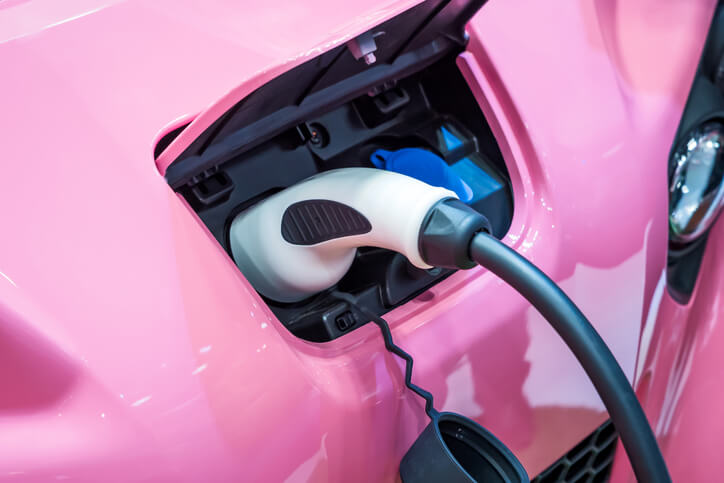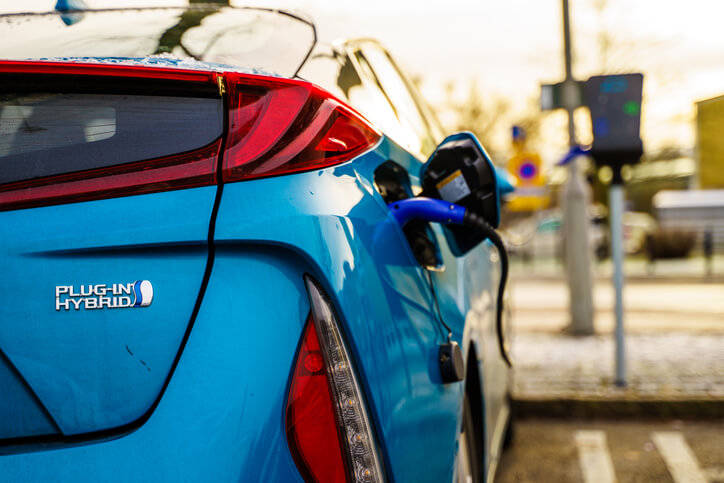Hybrid vs. Plug-In Hybrid: Key Differences Aspiring Technicians Should Know
If you’re enrolled in a hybrid technology training program, it’s important to understand the distinctions between a standard hybrid and a plug-in hybrid. Hybrid cars have been around for decades, helping drivers save fuel and cut emissions.
Now, newer plug-in hybrid vehicles take that efficiency a step further by offering extended electric-only driving. Both types combine a gasoline engine with an electric motor, but they aren’t identical in how they operate.
Let’s break down the key differences aspiring technicians should know.
Plug-In Hybrids Use Battery Power First
In an automotive school course on hybrid systems, one key lesson is how plug-in hybrids and regular hybrids differ in operation. The main difference comes down to when and how each uses its electric battery versus the gasoline engine:
- Plug-In Hybrid (PHEV): When the battery is charged, a plug-in hybrid primarily runs on electric power. Everything from turning the wheels to running the A/C can be powered by the battery pack. However, under heavy loads or during rapid acceleration, the gasoline engine may still activate to provide extra power. Once the battery charge is depleted, the vehicle relies more heavily on the gasoline engine
- Standard Hybrid (HEV): A conventional hybrid uses the electric motor mainly at low speeds, when coasting, or during gentle acceleration. The gasoline engine typically activates at moderate to higher speeds or whenever additional power is required. Electric-only driving is very limited, often just a kilometre or two.

Plug-In Hybrids Have Larger Batteries and Longer Electric Range
Plug-in hybrids are designed to operate as electric vehicles for as long as possible, so they come equipped with a much larger battery pack than regular hybrids. This larger battery capacity gives PHEVs a significant electric-only range. They typically travel anywhere from about 30 to 80 km (roughly 20 to 50 miles) without using a drop of gasoline, depending on the model. Some newer PHEVs go even further. By contrast, a traditional hybrid has a smaller battery that mainly assists the engine, with electric range rarely exceeding one to two kilometres.
As more drivers today want to maximize their time on electric power, plug-in hybrids are becoming increasingly popular, especially as governments introduce incentives for low-emission vehicles and manufacturers invest in more advanced battery technologies. As an automotive school student, you’ll likely encounter more PHEV models in the workshop as this trend continues.
Unlike regular hybrids, plug-in hybrids require external charging. They can be recharged using a standard household outlet (Level 1), a faster 240-volt home or public charger (Level 2), and in some cases, DC fast chargers. Charging times vary depending on the battery size and charger type.

Hybrid Technology Training Explores How Both Hybrid Types Share Efficiency-Boosting Features
Whether it’s a plug-in or a standard hybrid, manufacturers include special technologies to make these vehicles as efficient as possible. Both types of hybrids generally incorporate features such as:
- Regenerative braking: captures braking energy to recharge the battery.
- Start-stop system: When the vehicle comes to a stop, the gasoline engine automatically shuts off to save fuel. It restarts instantly when the driver accelerates.
- Smart power management: Both hybrids use computer controls to seamlessly switch between electric and gasoline power for optimal fuel efficiency.
If you plan on pursuing advanced hybrid technology training in hybrid systems, it’s worth knowing that both regular hybrids and plug-in hybrids usually come with these kinds of features. They all aim to squeeze the most mileage out of every bit of fuel and charge.
Plug-in hybrids take the hybrid concept a step further by offering longer electric driving and lower fuel consumption. Regular hybrids still deliver excellent efficiency compared to traditional gas-only cars and share many of the same technologies, but a PHEV can provide greater fuel savings for drivers who make use of its charging capability.
Do you want to build expertise in servicing hybrid and electric vehicles? Visit Automotive Training Centres to learn how to get started on the path to your career as an electric vehicle mechanic!


